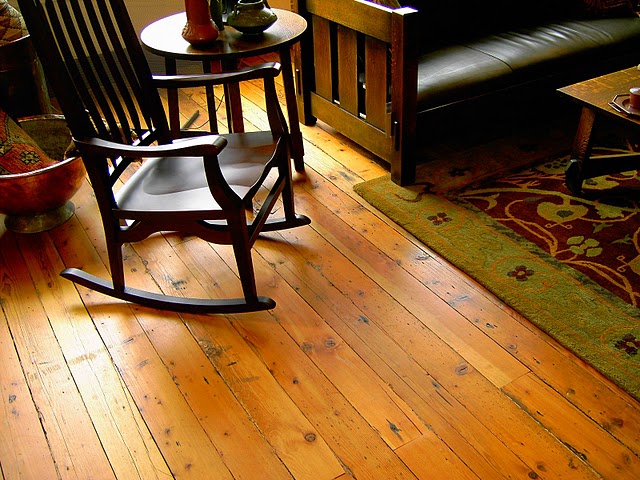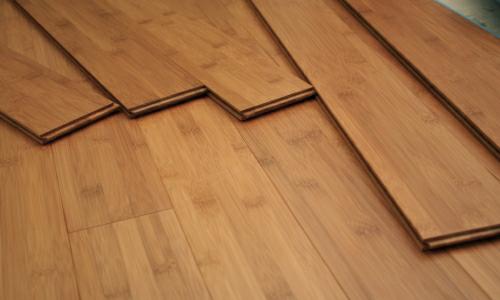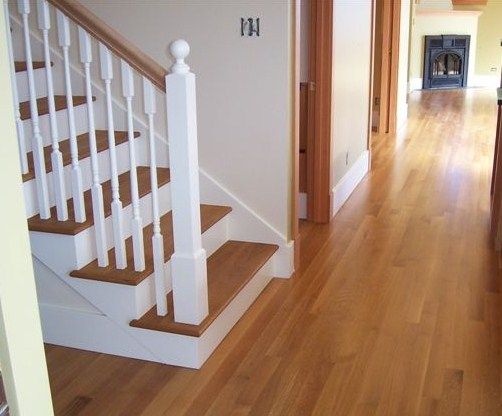Green flooring solutions with Sol-Alive
When clients choose cork flooring, we’re even happier, as the cork we work with literally comes from our own backyard right here in the Pyrenees-Orientales.

Above all, a home should be a safe and healthy refuge that does not destroy the world around it. At Sol-Alive we believe home interiors should be sustainable for the people who live inside them, as well as all that lives outside them. That’s why we focus on natural flooring fabricated with respect for the greater world from where it came.
Many building materials contain carbon-based chemicals that easily evaporate at room temperture, often called volatile organic compounds or VOC’s. There are thousands of different VOCs produced and used in our daily lives. Some common examples include:
Acetone
Benzene
Ethylene glycol
Formaldehyde
Methylene chloride
Perchloroethylene
Toluene
Xylene
1,3-butadiene
 Furniture, walls, cabinets, air fresheners, paints, fabrics and flooring usually all contain VOC’s that evaporate into your home environment. This is called « off-gasing » and can be harmful to anyone breathing the interior air.
Furniture, walls, cabinets, air fresheners, paints, fabrics and flooring usually all contain VOC’s that evaporate into your home environment. This is called « off-gasing » and can be harmful to anyone breathing the interior air.
Short-Term, acute exposure to high levels of VOC’s has been proven to cause eye, nose and throat irritation; headaches; nausea and vomiting; dizziness; and worsening of asthma symptoms. While long-term, chronic exposure to high levels of VOC’s can lead to an increased risk of cancer, liver damage, kidney damage and central nervous system damage.
The best way to reduce exposure to VOC’s is by removing items in your home known to off-gas. Since flooring is in every room in your house and because it’s the one thing with which you come into the most contact, it seems only prudent to choose the material wisely.

But smooth surfaces must be chosen wisely as well. At Sol-Alive we take care to make solid wood with natural oil finishes our number one choice for flooring. When installing engineered wood floors we choose only products made with non-toxic environmentally certified glue. Any time we glue a floor in place we work with glues that respect strict environmental regulations. Most often we use water-based glues with no solvents at all. You can breath easy with Sol-Alive installed floors.
You can also relax knowing the floor of your home was fabricated responsibly. Wood is a renewable ressource that when harvested sustainably can continue to meet our needs for as long as we desire. We must only respect and care for the things we make with it, extending the life-span of harvested wood rather than consuming it haphazardly. When you invest in a quality wood floor, you’re investing in something that can serve you and future dwellers for years to come.
Sol Alive is committed to using only PEFC (Program for the Endorsement of Forest Certification) and FSC (Forest Stewardship Council) certified wood. We take pride in using wood produced and expertly managed in France, refraining from contributing to the deforestation of tropical forests abroad. We avoid entirely the environmental costs of transport from around the world by choosing only locally harvested species such as oak, chestnut, beech, cherry, birch, maple and robinia/locust. When clients choose cork flooring, we’re even happier, as the cork we work with literally comes from our own backyard right here in the Pyrenees-Orientales. You can’t get any more sustainable than that.
The only exotic wood we work with isn’t a tree at all. Bamboo is a grass with stalks hard enough to build structures and for our purposes, flooring. Even with its transport from Asian forests, bamboo carries a neutral carbon footprint. It manages to do this with its rapid growth rate (harvested every four years), and its ability to capture 30% more CO2 and release 30% more breathable oxygen than trees. The bamboo planks we install as floors are guarenteed 100% natural and chemical free. Unlike other toxic processes used in bamboo production, the glue used in our floors are water- based, formaldehyde free and certified E1.
We are Sol-Alive, a company working toward breathing life into your home. A sol alive, is the best kind.
The Story Behind the Business
Owner and artisan Alain Laplanche began installing floors over 10 years ago. The thing he remembers most about that time is the dust from the cutting of laminate planks. « I remember breathing in that dust and thinking it must be really bad for me, » he explains. And so the idea for a green business was planted. « I didn’t want to risk my life working manually. »
But before the realization of his own business, Alain set out to see a bit of the world. He took a job in a wood-working factory in the French Carribbean on the island of St. Martin, eventually making his way to Miami, FL in the United States. In his travels he learned English, worked with tropical mahagony woods for doors, windows and cabinets, learned to lay tile floors, install drywall and install the luxurious leather floors found in the coastal mansions of southern Florida.
Alain later returned to France where he set up his first flooring business with a friend in Normandie. The owner of Paris Espace Eco in Paris (a store specialising in natural wood floors, natural paints and natural insulation) inspired Alain to lean towards ecological work.
Alain next studied wood-turning at the John C. Campbell Folk School in North Carolina back in the United States. He chose the craft because, « It was wood and something really artistic. You take a log and you make a beautiful piece with it, it’s a kind of magic. »
Alain has since returned to France, putting together his skills, his art and his ecological ideaology into Sol-Alive. He’s finally set down some roots and he’s chosen the Pyrenees-Orientales to do it. « It’s a region inspired by nature. We’re in the middle of a forest with cork trees everywhere. I like the wild aspect of the place. » Alain is looking forward to sharing his inspiration with the region.
But the driving force for Sol-Alive has turned into something bigger than Alain’s own health. He says, « I care about the planet. The richest parts of the planet are the tropical forests and we’re cutting them down just to have a floor in our bathroom or living room. It doesn’t make sense… plus the global costs for transportation… and then the treatment and finishing that’s totally chemical and unnatural. »
Perhaps destined to become a passionate carpenter, Alain tells the story of his origins: «My last name is Laplanche which means the plank, which means one of my ancestors was probably a carpenter. When I was a kid, on the street where I grew up, there was me and then the neigbor was Marteau which means hammer and another neigbor was Cloué which means nailed. So I guess it was a nice combination to end up a carpentar. »
He continues, « I’ve always liked wood. I like the smell of it, I like the way it feels. I like the finished look of it. I like it because it’s wood. A wooden floor can last for centuries. It can have a very big story behind it. A new floor doesn’t have a story to tell yet, but it’s ready to get one from the people that are going to live there. A wood floor is real material. Even after it’s cut and dried, there’s something alive in there. If you have a synthetic floor there’s nothing alive in there, everything is dead. A wood floor is still alive because it moves with humidity and time. I think the floor that gets some deformation over time is natural and just gives more character to the floor. »

